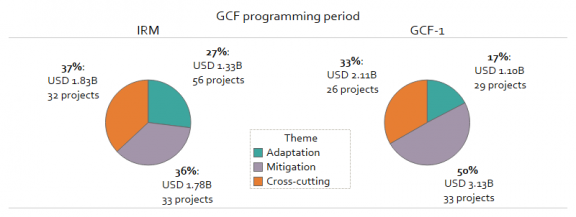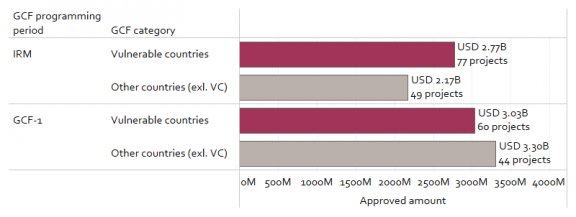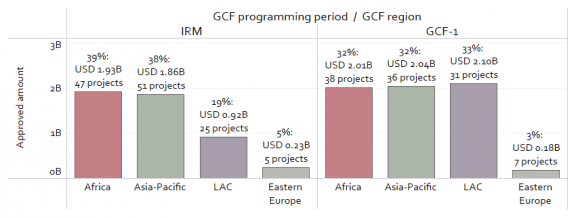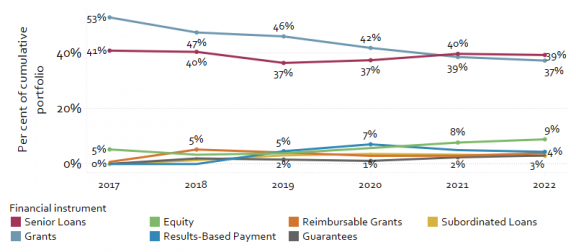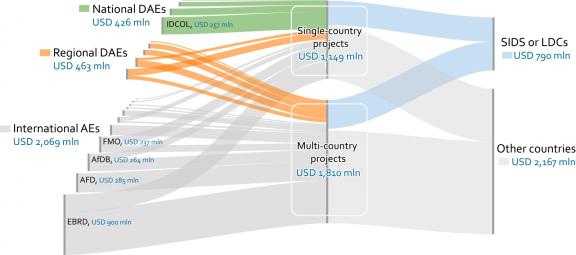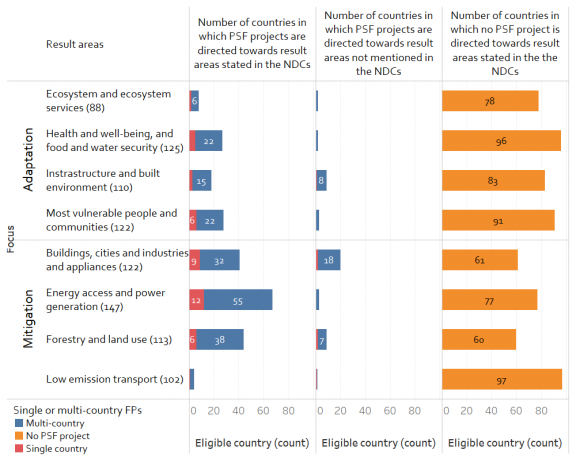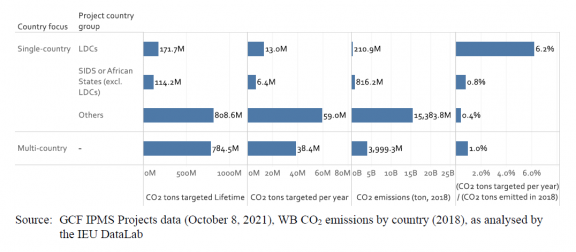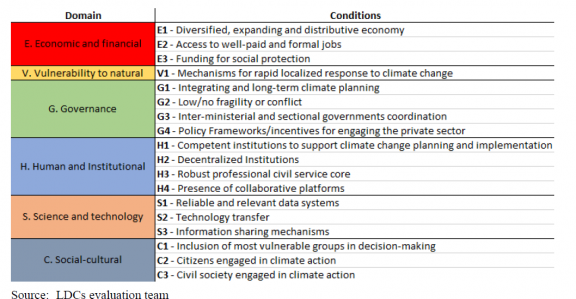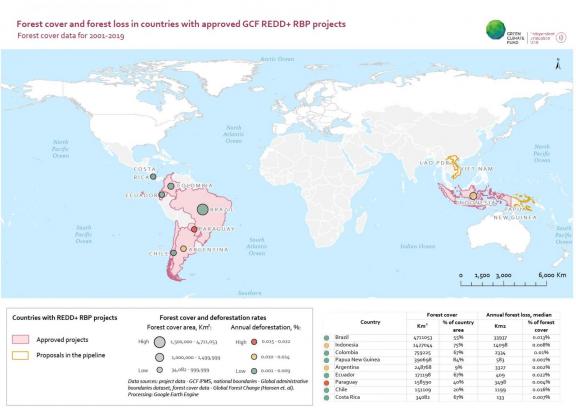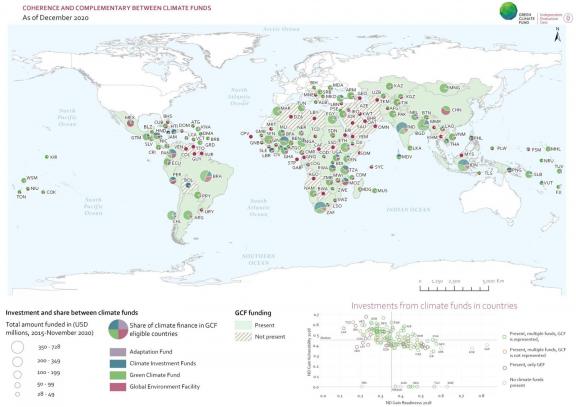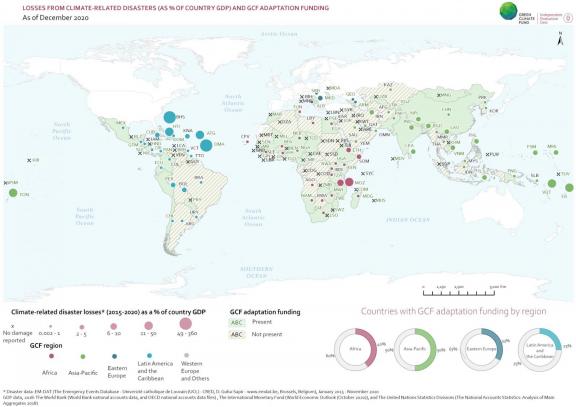Learning & data
About the IEU DataLab
High-quality data is crucial in evaluations. The IEU invests in gathering both quantitative and qualitative data from various sources through its DataLab. The IEU DataLab provides high-quality data to support the IEU in its rigorous, evidence-based evaluations and continually develops and maintains databases through extracting and updating quantitative and qualitative information from the GCF as well as external sources.
The IEU DataLab has the following objectives:
- Lead data-related work in rigorous, evidence-based evaluations;
- Gather, manage, analyze, and share portfolio data;
- Utilizing geospatial techniques and developing spatially aware approaches in evaluation;
- Carry out cutting-edge research in the field of climate change evaluation;
- Support impact evaluation data generated through the IEU's Learning-Oriented Real-Time Impact Assessment (LORTA) program.
What types of data does the IEU Datalab collect?
The IEU extracts raw data from a variety of sources. These include both internal data from within GCF and external datasets from other organizations, such as:
- Funding proposals, concept notes, readiness proposals, project preparation proposals
- Country programme, entity working programmes, NAPs, NDCs
- Annual performance reports, funded activities agreement, term sheets
- Secretariat and iTAP reviews of funding proposals
- Gender assessment and Gender action plans
Data sources
DataLab is also relying on the existing credible and reliable publicly available data sources in the climate change space. The following are some of the sources used in the IEU evaluations.
- ND-GAIN Index (University of Notre Dame)
- NDC (NDC Partnerships)
- Climate Fund Update (Heinrich Boll Stiftung)
- Debt ratio (IMF)
- Migration (United Nations Population Division)
- Remittance Inflow and Outflow (World Bank)
- Global Landscape of Climate Finance (Climate Policy Initiative)
After the data has been processed and systematically reviewed for relevance, bias, completeness and consistency, the IEU uses the resulting databases and datasets for updates, analyses, and sharing. The IEU DataLab produces and replicates data, develops protocols and meta-data, and analyses data.
You can now request data sets from DataLab. Below is the list of available data sets and their descriptions.
Request data
Datasets
The "Needs of the Recipient" dataset provides insights into the vulnerabilities, exposures, and financial challenges of beneficiaries in relation to climate change. Extracted from approved funding proposals within the Green Climate Fund's portfolio, this dataset is a comprehensive repository of factors that highlight the intensity and type of climate risks a country faces, barriers to obtaining essential climate financing, and the overall needs of the country's populace. Essentially, it serves as a diagnostic tool to understand where a country stands and how the Green Climate Fund can support it. With this data, one can answer questions about a country's vulnerability scale, financial barriers, and the types of support required.
The "Impact Potential" dataset provides insights into the potential impact of GCF’s investments. The dataset focuses on understanding the impact of potential investment criteria of various projects that seek funding. Essentially, it's a curated collection of details about projects' potential effects on climate change, energy usage, water management, agriculture, and several other crucial areas. The data has been sourced from official Funding Proposals, specifically from a section that discusses a project's expected performance against established investment criteria. This dataset helps us quantify, for instance, how much a project might reduce carbon emissions or how it might enhance water management. Additionally, we've ensured that the dataset is updated regularly after board meetings to capture new proposals. For clarity, we've also included descriptive statistics, giving a snapshot of what the data looks like – such as the average energy capacity a project might bring. In a nutshell, this dataset serves as a tool for evaluating the tangible benefits of a project and helping guide our funding decisions.
Data in IEU evaluations
Pages
Data types
Quantitative data are measures of values, typically numbers. They are essential and easy to manipulate for statistical analyses. The IEU DataLab provides insightful analyses by exploring the relationships between quantitative variables, identifying relevant trends, and creating data visualizations from internal and external sources.
Qualitative data can complement quantitative data by addressing the “why” behind the insights and findings generated from quantitative analyses. The DataLab categorizes large volumes of qualitative information, such as interviews and mission reports, into patterns and themes suitable for evaluations and assessments. Qualitative data can further strengthen the rationale behind the trends emerging from quantitative analyses.
Geospatial data (GIS data) is also collected and analyzed by the IEU DataLab. GIS has the potential to strengthen and improve evaluations by allowing the IEU to analyze data spatially and immediately collect and validate information from the ground and the impact of projects beyond the information that accredited entities give to the GCF. The DataLab conducts geospatial analyses on the GCF’s projects at the country and sub-country levels. The analyses examine environmental and socio-economic factors relevant to the GCF’s objectives and employ a broad spectrum of methodologies such as hotspot analysis, a spatial analysis and mapping technique, inverse distance weighting interpolation which estimates unknown values with specifying search distance, closest points, power setting and barriers and spatial autocorrelation.
